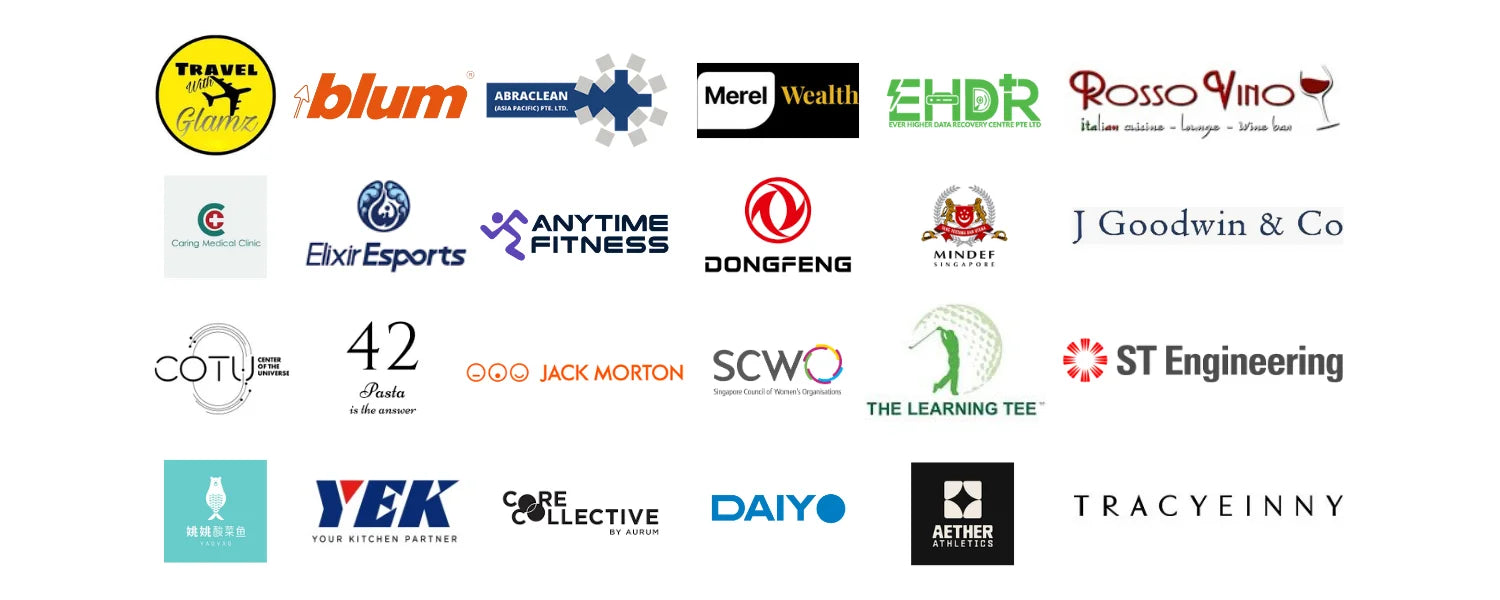Smart Signage: Revolutionizing the Way Businesses Communicate
Smart signage is reshaping how businesses connect with customers in real time. From retail stores to corporate environments, this technology blends hardware and software to deliver dynamic, engaging, and interactive digital displays tailored to specific audiences. Whether you're looking to inform, entertain, or convert shoppers, smart signage is a modern solution for modern communication.
What is Smart Signage?
Smart signage refers to digital display systems powered by intelligent technology—often connected to the internet and enhanced with sensors or data integrations—to deliver real-time, personalized content. Unlike traditional digital signage, smart signage can:
- Adapt content dynamically based on audience behavior or time of day
- Integrate with mobile apps, POS systems, and IoT devices
- Track viewer interactions and measure performance analytics
- Enable remote management and instant updates
Key Benefits of Smart Signage for Businesses
Implementing smart signage goes beyond eye-catching displays. Businesses reap tangible benefits, including:
- Enhanced Customer Engagement: Deliver interactive experiences that retain attention and drive conversions.
- Increased Operational Efficiency: Automate content updates and manage multiple screens from a centralized dashboard.
- Better Targeting: Use customer demographics and real-time data to display highly relevant content.
- Stronger Branding: Deliver consistent, high-quality messaging across all locations.
Popular Applications of Smart Signage
From retail to healthcare, smart signage is being adopted across industries for a variety of use cases:
- Retail Stores: Promote seasonal offers, recommend products, and create immersive brand experiences.
- Restaurants: Display digital menus, update pricing instantly, and allow for self-checkout kiosks.
- Corporate Offices: Share internal communications, meeting schedules, and safety protocols.
- Hospitals and Clinics: Provide wayfinding, patient alerts, and real-time health information.
Trends Driving the Growth of Smart Signage
The evolution of smart signage is being fueled by innovations in technology and changing consumer behaviors. Some key trends include:
- Touchless Interactions: Gesture-controlled and voice-activated interfaces enhance safety and user experience.
- AI and Machine Learning: Advanced data analytics optimize content delivery and improve campaign ROI.
- Cloud-Based Solutions: Offer scalable, flexible, and more secure deployments across multiple locations.
FAQ
What makes smart signage different from traditional digital signage?
Traditional digital signage displays static or looped content, while smart signage uses data and software intelligence to deliver dynamic, interactive, and context-aware content that adapts in real time.
Is smart signage expensive to implement?
Although the upfront investment may be higher than traditional signage, smart signage offers long-term value through improved engagement, reduced manual labor, and enhanced performance tracking.
Can smart signage be controlled remotely?
Yes, most smart signage solutions come with cloud-based content management systems, enabling users to update and control displays across multiple locations remotely.
Where can smart signage be used most effectively?
Smart signage is highly versatile and is ideal for retail stores, restaurants, corporate offices, healthcare facilities, educational campuses, and public transportation hubs.
Embrace the Power of Smart Signage Today
Upgrade your business communication with smart signage and deliver more personalized, scalable, and effective messaging to your audiences. Get in touch with our team to learn how smart signage can transform your business.







